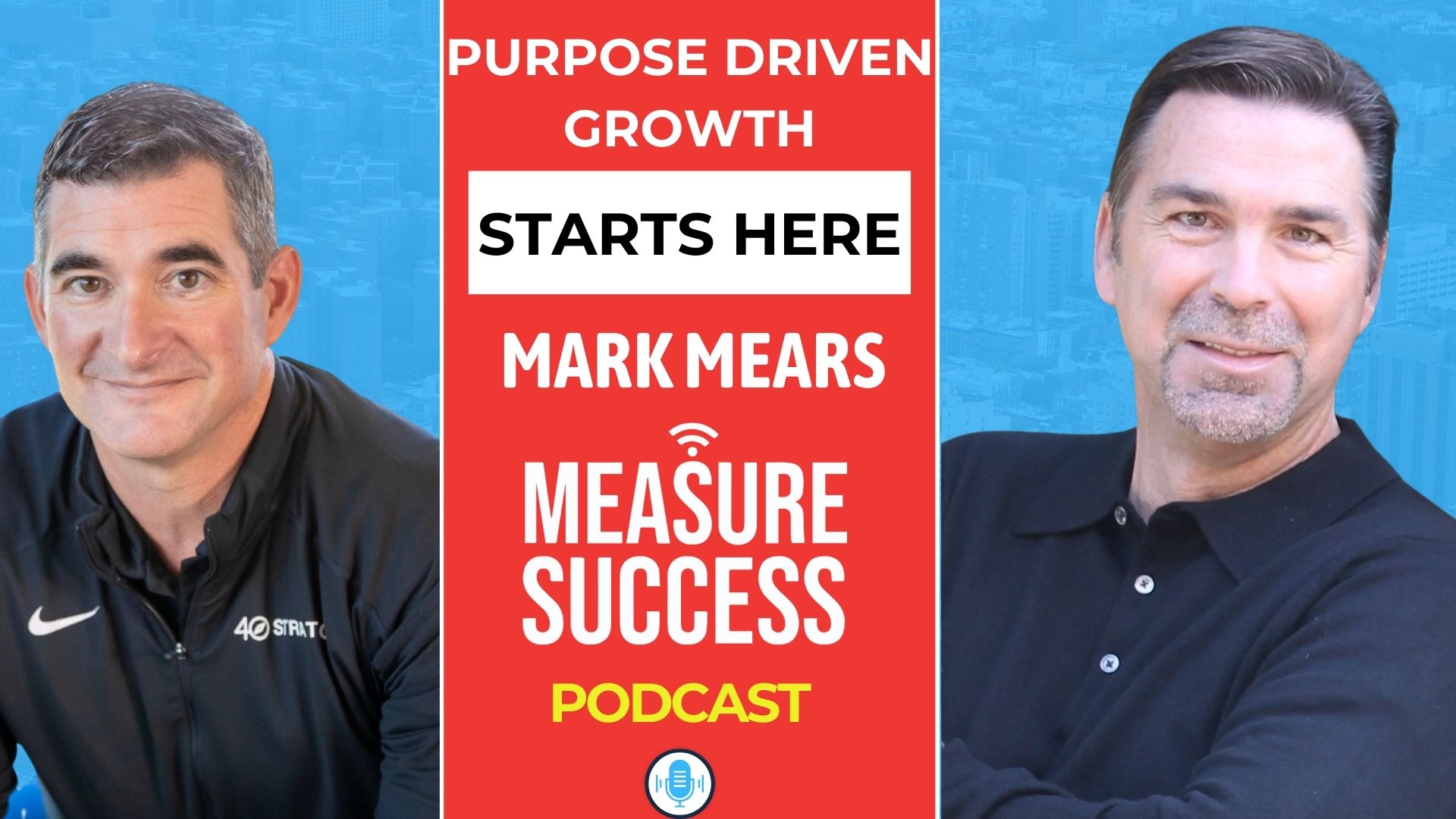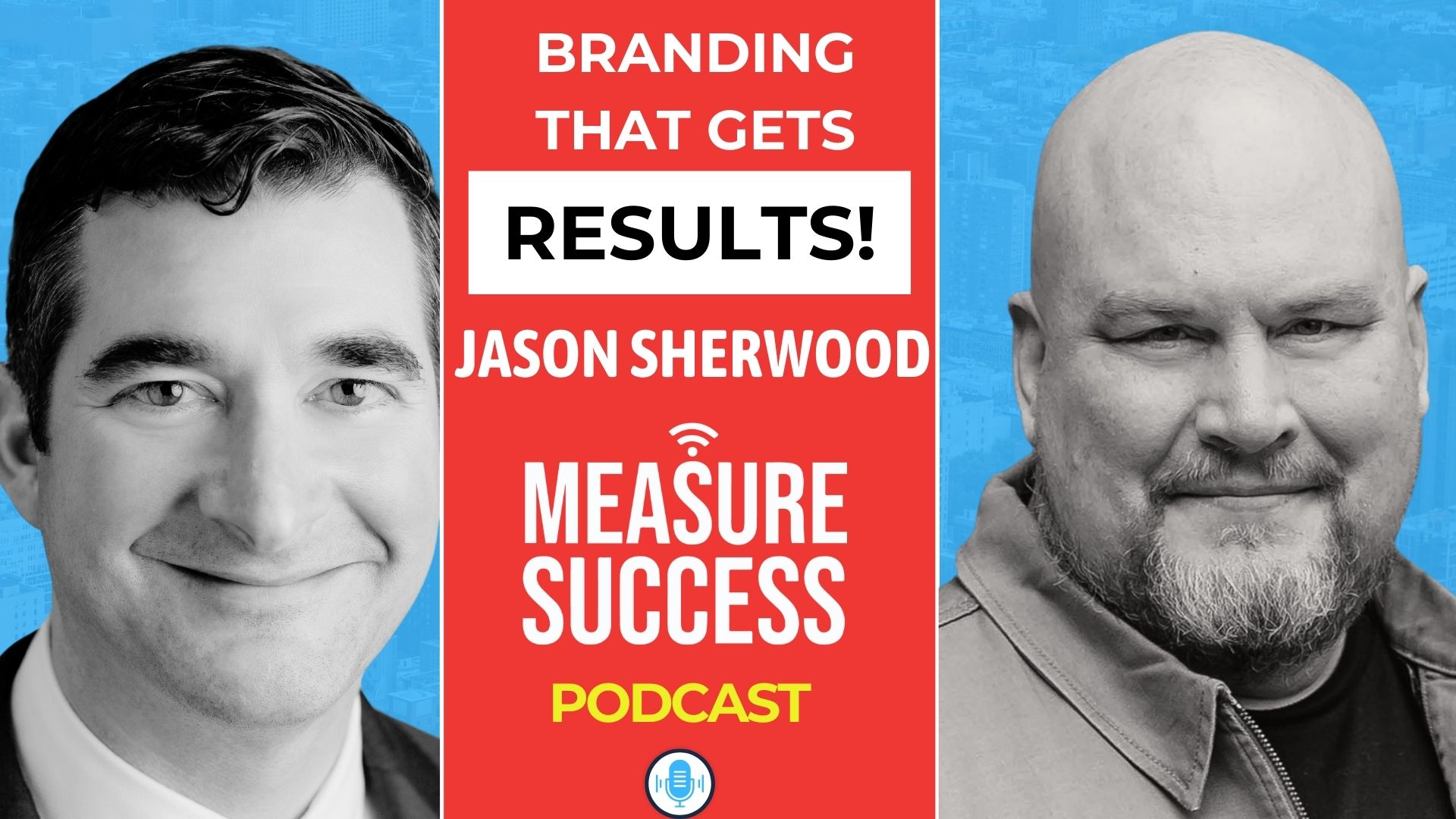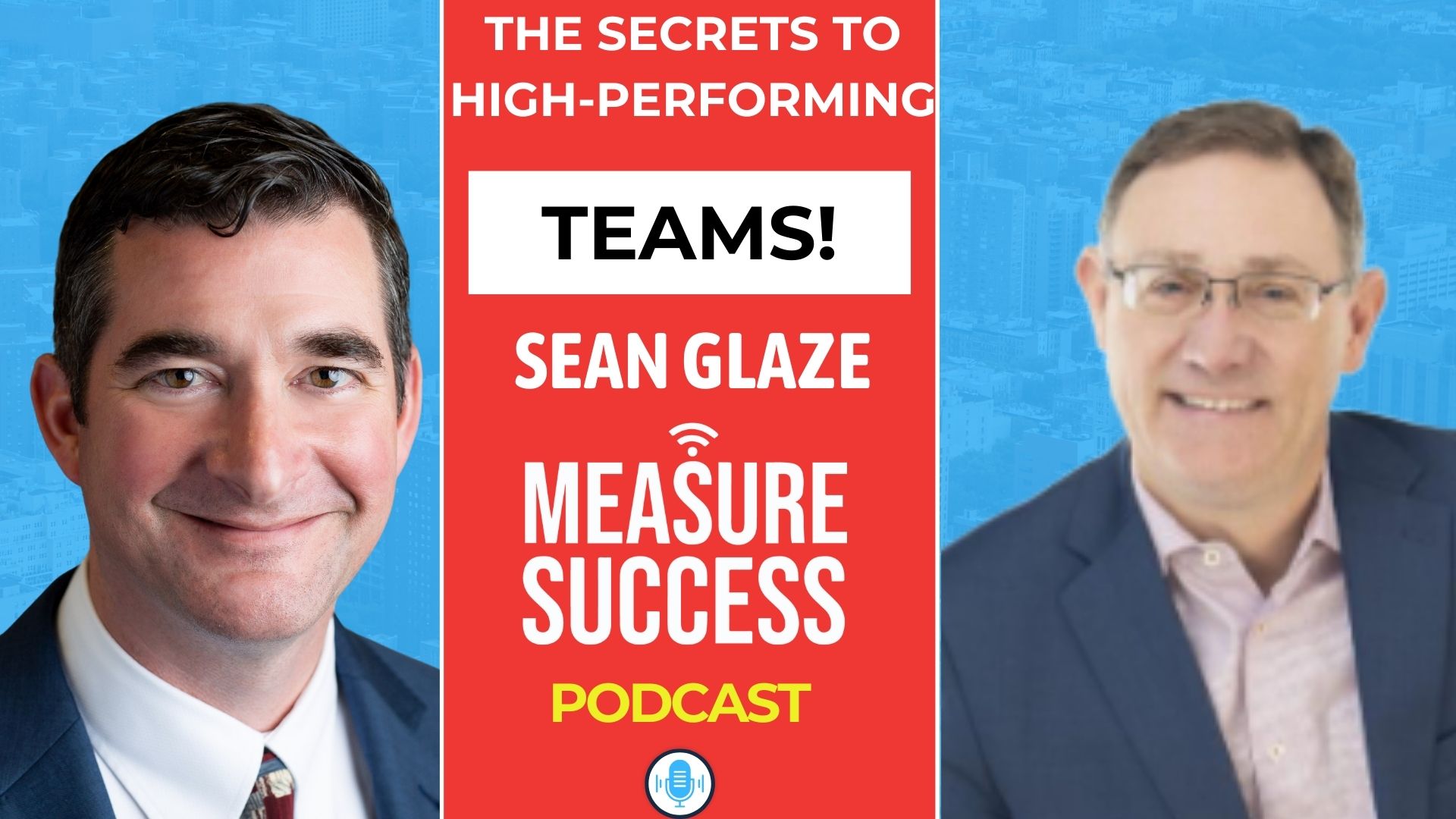Carl J. Cox is the CEO of 40 Strategy, a strategic planning consulting firm where he helps organizations from around the world navigate their internal practices. With over 15 years of executive leadership experience, he remains a trusted advisor to many high-level organizations due to his proven practices in facilitation, navigation, and scenario planning.
Here’s a glimpse of what you’ll learn:
- Carl J. Cox explains the first step in his strategic navigation process: clear compass
- The three key things that need to align if you want to move forward
- Where to start when it comes to strategy and why you need to be honest
- How can having a clear vision and mission help you make decisions?
- The relationship between core values and knowing who to hire
- How to create measurable KPIs around core values
- The types of timeframes that work for different goals
- Carl J. Cox reveals what most companies forget to include in their plans
- Two things that can make your core values a part of your company’s collective DNA
In this episode…
Do you ever wonder what the future has in store for you? You probably have ideas about what you want things to look like down the road, but figuring out how to get from here to there can be challenging. What if there was a compass that could help you navigate your way?
In this episode of the Measure Success Podcast, Carl J. Cox, CEO of 40 Strategy, sits down with Dr. Jeremy Weisz of Rise25 to discuss how having a clear compass can help companies navigate their goals. Carl J. Cox explains where companies should start when it comes to planning a strategy, how to measure core values objectively, and why companies need to be honest about who they are if they want to succeed. He also shares his favorite vision and mission statements—and why they work so well.
Resources Mentioned in this episode
- 40 Strategy
- Contact 40 Strategy
- Carl J. Cox on LinkedIn
- Dr. Jeremy Weisz on LinkedIn
- Rise25
- Business Success Consulting Group
- Adi Klevit on LinkedIn
Sponsor for this episode…
This episode is sponsored by 40 Strategy.
40 Strategy provides strategic planning and consulting to help organizations realize and achieve their dreams by creating and measuring KPIs for success.
Unfortunately, most organizations only spend 2% of their time—or about 40 hours per year—on building an effective strategy.
Increasing the success of those 40 hours is what 40 Strategy does because your success is their passion—and that’s why organizations look to them for guidance.
Not only does 40 Strategy help you craft and implement an effective strategy, but they’ll also work to facilitate teams with proven practices and help with your scenario planning.
Harvard research shows that you can triple your success when you use the right Key Performance Indicators. Who doesn’t want that?
If you have questions, you can reach out through their website or email them at catch@40strategy.com.
Episode Transcript
Intro 0:03
Welcome to the Measure Success Podcast where we feature top leaders on how they measure success in their business and life. Now, let’s learn from their experiences.
Carl J. Cox 0:18
Carl J. Cox here, I’m the host of the Measure Success Podcast where I talk with top leaders about effective strategies that inspire success. I have Dr. Jeremy Weisz here of Rise25, who is in 1000s of interviews with successful CEOs and organizational leaders who have flipped the script. And he’ll be interviewing me today.
Jeremy Weisz 0:37
Carl, I’m always excited to chat because when we talk, you know, we talk about step by step processes to blow past your competition. Right. And, you know, the floor and to talk about today is really having a clear compass on where you’re going. And before we jump into that, really, I want to say this episode is brought to you by 40 Strategy, if you don’t know 40 Strategy, they provide strategic planning, consulting, to help organizations realize and achieve their dreams, Carl, as we know, what that basically means is, you help companies create a measure KPIs for success. And unfortunately, most organizations spend only 2% of their time or 40 hours per year. I was astounded by that, by the way, when you first told me that I thought you’d say 40 hours per month. So 40 hours per year building an effective strategy. And really your success, you know, their success is your passion. So if you have questions, if you’re an organization, and you actually want to, you said something before we hit record, Carl, helping people achieve five-year plans in two years. Okay, that stuck out to me. So if you have questions, I mean, there’s lots of Harvard research around this. Using the right key performance indicators, KPIs can triple your success, you can get started mapping everything out, you can email them at catch@40strategy.com or Learn more at 40strategy.com. Carl, tell me what you mean by clear compass.
Carl J. Cox 2:09
When going through the seven steps or seven stages to help reach your success, you got to first know who you are. And so clearing compass is about literally having if you look from compass perspective, you know exactly where your nautical north is, you know, exactly there’s no nothing around that’s that’s creating it fuzzy or with lack of clarity. And, and so one of the key things around this is so when you if you do the analogy of a boat, it when you get in that boat, you know exactly where you’re going.
Jeremy Weisz 2:42
You Yeah, so what do you do when you probably have people come to you, and they have plateaued or they feel stuck? Right?
Carl J. Cox 2:55
Yeah, yeah.
Jeremy Weisz 2:56
What do you do?
Carl J. Cox 2:58
Yeah, super, it’s one of the biggest challenges of strategic plans and why they fail is because people get caught in the rut. And, and or it’s sort of like being in a boat without any wind in your sails, you you literally are unclear about who you are anymore. Because you’ve, you’ve you’ve gotten away from your core, you just kick one of the worst things that can happen is, is you know, kind of good is the enemy of great, you just keep on doing this good things, he’s good things, he’s good things, and then you become absolutely mediocre to the process. So what we try to do is, then take a look. Okay, who are you really Who do you want to be. And so there’s three key things I like to work with is one is about the vision, mission and core values. And there’s a difference between the three of them. So the vision, there’s a vision statement, which is classic, which is the statement of where or who you are in the future. Then mission is the action. It’s your belief of where you’re going to be, but your core values or your key behaviors, about your being side about how you live and how you’re going to actually operate your business organization. So getting to those three respective areas are really important to get in alignment. So they’re moving together in the same direction, because if any one of those three are off the worst thing that happened to me, I’ll give you an example. Jeremy, I was with a publicly traded company. And I got in my desk one day and tried to do example, this won’t be a very good example. But like they gave me this, you know, thing and they put it on my desk. I said, here’s our core values. And it was like the seven core values. And I laughed, I laughed out loud, Jeremy, they probably spent who knows how much with the consultant. And and and the reason why I left is because they were not consistent with who we are in any way whatsoever. So what what when I work with people’s
Jeremy Weisz 4:46
core values, some of the core values weren’t consistent with the organization.
Carl J. Cox 4:50
Not some. Oh, it was it was so bad. It was like, Oh, this is who we are. Everything’s, you know, unicorns. And and it wasn’t true. And and so people, if you’re authentic about who you really are, and they’re not listed as your true core values, people will rat you out. So when putting your core values, it’s it’s you got to walk the walk, and you got to be open about who you really are. I think it’s okay to have aspirational dreams about the future. But your your being side is your identity, and being honest and irrelevant, and talk about what it looks like when we’re walking at our best is different. Of note, each organization is different. One person’s walk is completely different in somebody else’s walk. And there’s not a right or wrong here. But what’s important is it’s true to that organization’s core.
Jeremy Weisz 5:46
I want to talk about true north. So it’s, you could we could take this in either direction, right? True North trickling down to the mission, the vision core values or talking about the core values, I’m sure you’ve done and then go cool from the core values. What are some of your vision mission you take with your approach? Which way do you like to, you know, take people through when you’re working with them.
Carl J. Cox 6:09
Typically, I like to figure out the vision and mission first and know the direction they’re heading. And then that because I still consider that the doing side, we’re going to go in this place, we’re going to be in this place in the future. The the core values more about how you coexist, how you work with each other, how you serve your clients, how do you talk to each other’s employees? So I think they’re separate our concept of doing, where we’re going, what we’re going to be doing the future, and being how we’re going to interact on a regular basis.
Jeremy Weisz 6:44
So what are some vision statements that you like? I don’t know, if you want to mention any, you don’t like me to mention those companies. But um, vision statements you like, or maybe just companies you think of when it comes to vision statements?
Carl J. Cox 7:00
Well, I think the my all time favorite is what Microsoft did years ago, and Bill Gates was leading the company in the 80s, is they said, we’re going to have a computer on every desktop, you know, for us to live back then that was a crazy thought, how is there going to be a computer on every desktop? Well, they actually were kind of wrong. There’s a computer and every hand. Now we’ve gotten to a whole level that but but having that vision was an awesome vision. And the funny part is, is they didn’t make computers, they were a software provider. But what they saw is this vision of enabling the ability to have a computer and every desktop by having the what they believe to be the best software to make things happen.
Jeremy Weisz 7:45
Um, what do you remember, you don’t mention names of companies, but a transformation where you help the company, they maybe had a vision statement, maybe they didn’t have a vision statement, and then what ended up being after afterwards.
[continue to next page]














